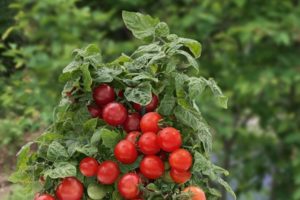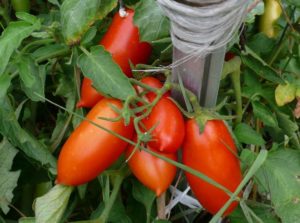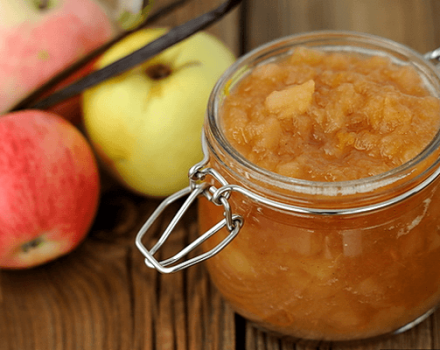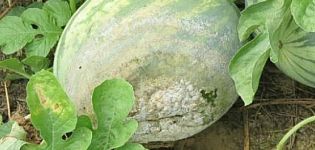What fertilizers to feed tomatoes after planting in open ground
Fertilizers for tomatoes in the open field should be applied regularly, even if the soil is considered fertile. Only in this case it will be possible to remove a large number of delicious tomatoes. But feeding with nutrients must be carried out according to certain rules, otherwise you can harm the vegetable garden.
Nutrient application rules
Top dressing of tomatoes in the open field should be carried out at least three times during the entire growing season, but if the soil is not fertile, then much more often. In open beds, tomatoes are more often faced with adverse factors, so you need to help them withstand diseases, cold snaps, and winds. In addition to the fact that fertilizers increase the resistance of plants to various bad conditions, they also contribute to an increase in the quality and quantity of the crop.
If tomato bushes lack some element, then you can determine this by their appearance. How to fertilize tomatoes will tell you the color of the leaves of the tomato bushes.
- From an excess of nitrogen, the plant begins to "fatten". The greenery is dense, the stems and branches are thick. With a lack of this element, the leaves, on the contrary, become pale with a grayish tint. Flowering and fruit formation is delayed.
- Phosphorus deficiency can be recognized by the purple color of the leaves. If there is a lot of phosphorus in the soil, then the leaves begin to turn yellow, dry and fall off.
- The plant can dry out even with a lack of potassium. If a white bloom has formed on the stem and leaves, then you need to reduce its introduction.
- Phosphates should be eliminated when the leaves curl and dry. An excess of potassium and nitrogen leads to similar problems.
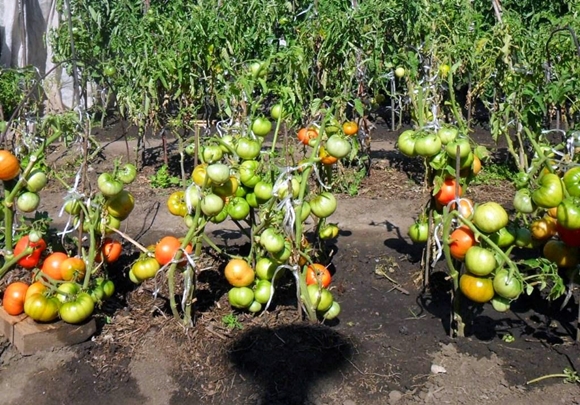
Thus, before applying fertilizer, you need to make the right choice. Mineral and organic compounds can be used. Natural products are widely used that can compensate for the lack of nutrients in the soil. Different ingredients can be used: eggshells, banana peels, yeast, wood ash.
How to feed tomatoes after planting in the ground, there are many recipes for self-preparation of the composition, you can also buy a finished product.
After the seedlings are planted, they must be left alone for 7-10 days. During this time, the bushes adapt to a new place and take root. Do not worry if it was noticed that in the early days the bushes are lethargic and do not develop. The fertilizers laid during the preparatory work will soon give strength, and after a few days the sprouts will begin to straighten out.
If the leaves on the planted bushes have not recovered, the stem looks lethargic even after 15 days, then the first feeding is carried out.Then feeding is carried out every 2.5 weeks. The vegetable crop is especially in need of additional elements during flowering and fruiting. Foliar dressing in the form of spraying can be done more often.
Preparatory work on the site
In order for the cultivation process to be enjoyable, and there are no problems, you must first choose a suitable place for the beds. The site should receive enough light for at least 6 hours per knocking, there should be no constant through winds.
Tomatoes feel good in the beds where cucumbers, cabbage, legumes were previously planted. You cannot plant for about three years on the land where the crop of nightshades was harvested, for example, eggplants, potatoes. These vegetables are prone to the same infections and pests.
Before planting seedlings, prepare the soil. Preparatory work begins in the fall, when the entire crop is harvested and the tops of old plants are removed. It is recommended to dig up the soil and mix it with organic fertilizers. Manure, compost, peat are ideal.
In case of increased acidity of the soil, it is necessary to add lime chalk. It is not difficult to measure the indicators; it is enough to buy a litmus strip in a specialized store and lower it into the ground.
If it was not possible to carry out all the preparatory measures in the fall, then it is not too late to do this in the spring. An infusion based on organic components, manure or humus is added to the dug earth.

The last stage is the preparation of holes for planting bushes. The distance between the indentations depends on the tomato variety. If tall varieties are selected, then the distance should be at least 50 cm.For low-growing plants, the interval can be reduced to 35 cm.
Planting the shoots should be preceded by the application of fertilizers directly to the holes themselves. The day before the transplant, the wells are poured with a weak solution of potassium permanganate. Then you can fill them with wood ash, eggshells, or pour over a pre-prepared yeast infusion.
Characterization of organic components
How to feed tomatoes in the open field depends on the composition of the soil, weather conditions, the state of the tomato bushes and the stage of their development.
The most popular organic fertilizer, not only for open beds, but also for greenhouse tomatoes, is the mullein.
This can be used at any stage before flowering. A liquid infusion is made on its basis. Fresh cow dung should not be applied to the soil, as this can lead to a burn of the root system and the plant will die. Fresh manure is poured with water and left to infuse in a warm place for a couple of days. During this time, nitrogen will have time to decompose and will not harm the vegetables. The finished solution is once again diluted with water and poured into the root.
During flowering, the need for nitrogen decreases, but the need for phosphorus and potash fertilizers increases. At this time, you can use mullein-based complex formulations. You can combine mullein with nitrophos, boric acid and potassium sulfate, or with wood ash. The selected components are filled with water, mixed thoroughly and applied directly under the root.
Outdoor care for tomato beds is not complete without bird droppings. It contains a large amount of nitrogen. It is also forbidden to bring fresh to the beds. An infusion is made from it. Chicken droppings are poured over with water. Leave to infuse for 2-3 days. Before watering, the solution must be diluted with water.
During the period of ovary formation and fruiting, it is useful to feed tomatoes with a composition based on mixing chicken manure with superphosphate and potassium sulfate.
Many experienced vegetable growers make a composition from manure, poultry droppings and minerals at the same time. Organic components are poured with water and infused.After that, potassium sulfate and boric acid are added to the infusion. Before use, the prepared solution is diluted with water.
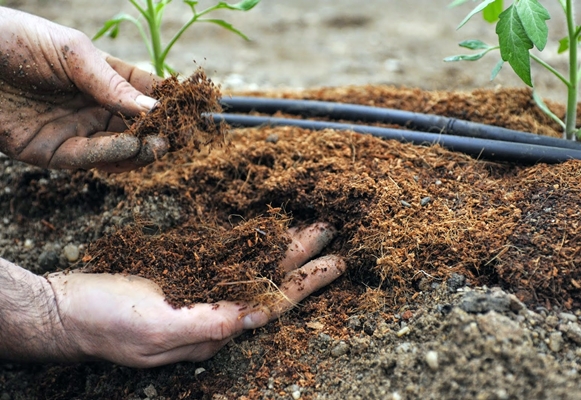
Compost is an infusion based on chopped grass. But you can use a more nutritious composition. Lime, wood ash and a little urea are added to a bucket of chopped grass. All components are poured with water and left to infuse.
Herbal infusion is very popular. You can grind any meadow grasses, but nettle, dandelion, quinoa, chamomile have the greatest nutritional value. You can take several herbs for infusion. The selected greens are filled with water and left to infuse for 7 days. During this time, the content should ferment. Then the solution must be filtered and diluted with water.
Ordinary dry or live yeast can be used to prepare nutritional formulations. Thanks to such feeding, the plant will develop better, form more ovaries, and reduce the risk of disease and pest attacks. Plants can only be watered when the ground warms up well. The yeast is poured with water and left to infuse.
Root watering should be done in the evening when there is no rain or sun. After fertilizing, you need to water the beds with ordinary settled water.
Mineral fertilizers
Fertilizers can also be purchased at the store. There are proven and effective drugs that protect the plant from adverse factors and contribute to its accelerated development.
Top dressing of tomatoes in the open field and in the greenhouse by experienced vegetable growers is most often carried out by the following complex compositions.
Nitroammophoska in its granules contains a large number of trace elements. The granules can simply be scattered between the tomato rows, or a slurry can be made. Dissolve 50 g of granules in a bucket of water. As soon as they dissolve, you can start watering. One bush should take about a liter of solution.
Kemira Lux is rich in microelements, which take effect immediately after entering the soil. Available in liquid form or in granules. The composition promotes the colonization of beneficial bacteria, improves resistance to infections, increases productivity.
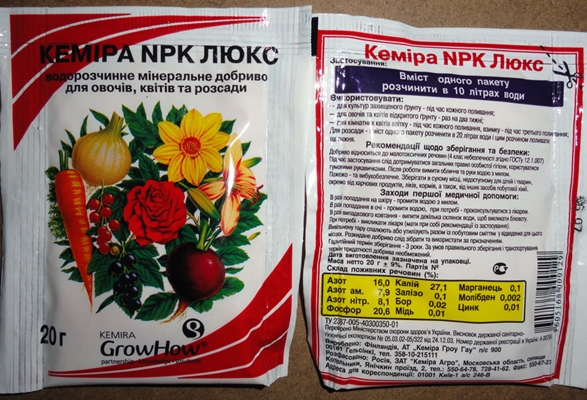
Tomatoes after planting in the ground can be fertilized with the Solution. The drug is allowed to be used for foliar or root feeding. Only 15-20 g of the substance needs to be dissolved in 10 liters of water. For a certain growing season, you can choose a separate series. If the seedlings do not develop well after planting, then it is better to choose a solution of grade A, during the fruiting period, the benefit will be from grade B. During the period of fruit formation, feeding is carried out every week.
Agricola-3 is rich in three main components necessary for growth, development and fruiting - nitrogen, phosphorus and potassium. Magnesium is an additional component. In one liter of water, you need to dilute 2.5 g of the substance. You need to apply fertilizer only at the root.
You can independently prepare mineral fertilizers for tomatoes based on folk recipes.
- Top dressing with a high nitrogen content can be prepared from ammonium nitrate.
- Nitrophoska and sodium humate will be useful during ovary formation and fruiting.
- Phosphorus and potassium are indispensable during the ripening of tomatoes. For cooking, you need potassium chloride and superphosphate.
Each store drug contains detailed instructions for use and dilution, which must be strictly adhered to. Not only a lack, but also an overabundance of microelements can negatively affect the development of vegetable culture.
Foliar feeding
In addition to root feeding of tomatoes after planting in the ground, it is useful to carry out foliar spraying with nutrients.If root dressing for the entire growing season needs to be applied 3-4 times, then foliar spraying with nutrients can be carried out with an interval of 10 days.
- Before the beginning of the flowering period, the leaves can be treated with a urea-based solution.
- During flowering and ovary formation, it is useful to treat with a superphosphate solution.
- A composition of boric acid, copper sulfate and urea is useful. All components are taken in equal quantities and filled with water.
- You can spray the plant with a solution based on boric acid alone.
- Many gardeners use a milk and iodine-based recipe for processing. Milk and a few drops of iodine are added to a bucket of water. This composition is able to saturate the plant with microelements and protect against the penetration of pathogenic bacteria.
- You can prepare a solution of wood ash, which will replace any other complex fertilizers. The ash is poured with water and boiled for 30 minutes. After the solution has cooled, it is diluted with water, crushed soap is added and the green part of the plant is sprayed.
- For processing greens, you can mix Fitosporin and Zdraven.

Phytosporin is a biological product that enhances plant immunity, promotes its recovery in case of damage, accelerates growth and improves development. Fitosporin can be used as a preventive measure every 10 days. 5 g of powder is dissolved in a bucket of water.
Fertilizer Zdraven helps to strengthen the root system of vegetables, reduces the formation of barren flowers, improves the palatability of fruits, and increases disease resistance. On the 14th day after transplanting seedlings, you can prepare a solution. You need to take 15 g of the substance in a bucket of water.
Foliar feed will help not only to fill the lack of any substances, but also protect against diseases and pests.
Foliar treatment should be carried out before 10 am in dry, calm weather. It is recommended to combine foliar fertilization with treatment against pests and diseases.
